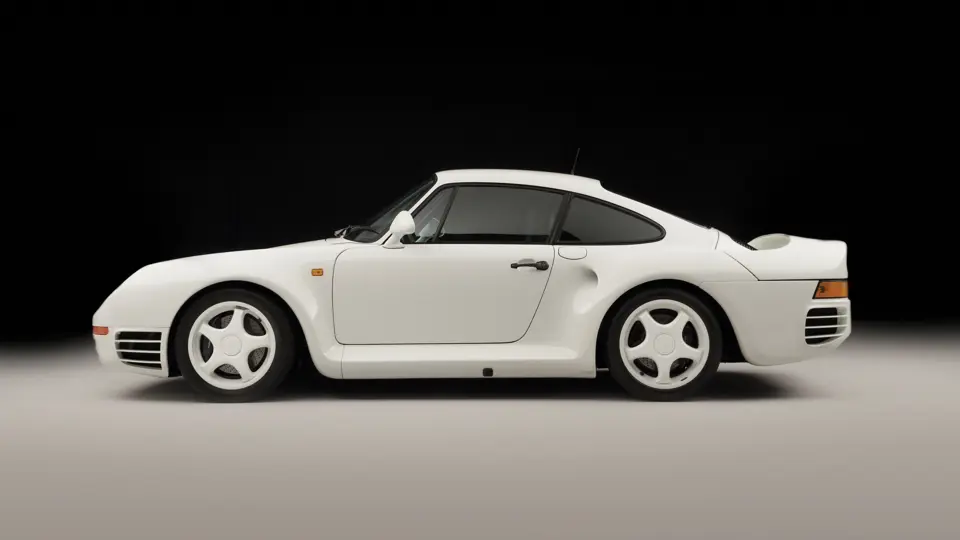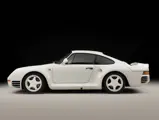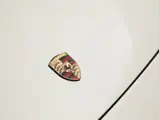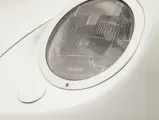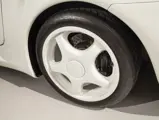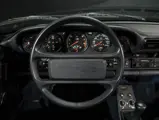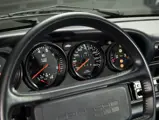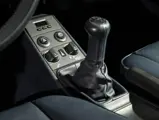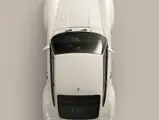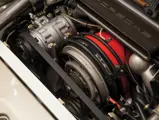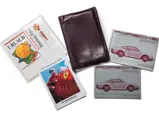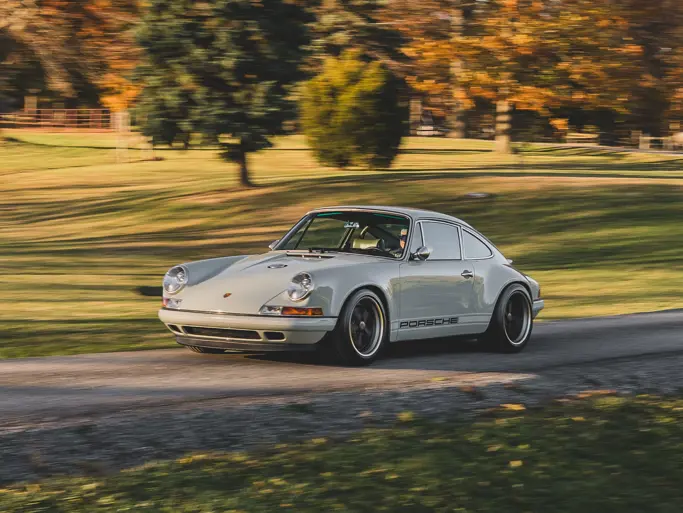
1988 Porsche 959 'Komfort'
{{lr.item.text}}
$1,100,000 - $1,400,000 USD | Not Sold
{{bidding.lot.reserveStatusFormatted}}
- Porsche’s first supercar; one of only 329 produced
- Sold new to a German Porsche dealer; just 25,500 km from new
- Numbers-matching example; includes Porsche Certificate of Authenticity
450 bhp, 2,849 cc rear-mounted, air- and liquid-cooled, horizontally opposed six-cylinder engine with twin two-stage turbochargers and Bosch electronic fuel injection, six-speed manual transmission, all-wheel drive, independent front and rear double-wishbone suspension with electronically adjustable ride height and shock-absorber control, and four-wheel hydraulic ventilated disc brakes. Wheelbase: 89.4 in.
The Type 959 was Porsche’s first true “supercar,” a design to which every imaginable accolade has been applied. Based on the company’s evergreen 911 sports coupe, it was built to win the FIA’s Group B World Rally Championship and, not incidentally, serve as an all-wheel-drive development platform for Porsche’s future 964 production series. The “Gruppe B” prototype was introduced at the 1983 Frankfurt auto show, where it stunned onlookers with advanced technology that included a chassis built of advanced lightweight materials, a rear-mounted, 2.8-liter turbocharged engine, and a mind-boggling array of electronic engine and suspension management systems.
To homologate the new Type 961 rally car, Porsche had to build a series of roadworthy cars to prove the 961’s legitimacy as a production model. When the FIA suddenly cancelled Group B, Porsche was faced with a dilemma; production of the road cars had already begun, but there was no longer a rally program to justify them. Porsche pressed ahead in hopes it could convince a fairly limited number of wealthy customers that a 200-mph road car was a practical investment and thus defray Porsche’s huge development costs. It need not have worried. Whenever Porsche builds the exciting and unexpected, customers will line up, and so it was with the very expensive 959, even though it is said that Porsche lost money on every one it built.
The 959’s chassis, on the same 89.4-inch wheelbase as the 911 Carrera, was made of carbon fiber, aluminum, and Kevlar. The roofline, doors, and interior resembled the 911, down to the ignition placed to the driver’s left. Porsche’s goal was to achieve zero body lift at speed, and it succeeded admirably. The nose was extended and flattened and featured near-flush headlamps with extensive ducting for cooling the front brakes and oil radiator. The rear of the car was also stretched rearward and liberally ventilated, and it was topped with a full-width rear wing. Beneath the body shell, though, was a double-wishbone, racing-derived suspension with coil springs and double shocks, adjustable shock damping and ride height, and an electronically managed all-wheel-drive system (Porsche’s PSK [Porsche-Steur-Kupplung]) that allowed the driver to vary the torque (370 foot-pounds at 5,500 rpm) between the rear and front axles, up to 80 percent, under hard acceleration. A full array of instruments kept the driver well informed of all the suspension and traction settings.
The flat-six engine, with air-cooled cylinders and four-valve water-cooled heads, was derived from both the “Moby Dick” IMSA GT racer and Porsche’s Indy open-wheel project. This engine mounted a pair of intercooled sequential turbochargers. A small turbo began producing boost almost from throttle tip-in, while the larger unit came in at about 4,500 rpm, generating a seamless flow of power. This engine pumped out a fearsome-for-the-day 450 brake horsepower at 6,500 rpm. The transmission was a Borg-Warner six-speed, with a very low “G” or “Geland” first gear for the off-road conditions that the 961 rally car might have encountered. A quite docile machine at civilized driving speeds, the 959 could leap from 0–60 mph in less than four seconds, do the standing quarter-mile in just over 12, and reach a maximum speed approaching 200 mph. In the fully leather-upholstered, carpeted, air-conditioned confines of a 959 “Komfort,” this was accomplished in a calm and controlled, even quiet, fashion.
When it came time to stop, huge power-assisted, ventilated disc brakes with ABS handled the task with aplomb. The 959’s 17-inch diameter magnesium wheels and special run-flat tires were specially designed by Bridgestone; hollow spokes allowed use of an air-pressure monitoring system. All told, a well-driven 959 could see off almost any other high-performance car on the planet; not until the arrival of Ferrari’s F40 a few years later was there anything to rival it. Including 16 prototypes, a total of 329 examples were eventually produced between 1985 and 1992.
This handsome 959, finished in Grand Prix White with a “Color to Sample” blue leather interior, was delivered from the factory to the Otto Glöckler Porsche dealership in Frankfurt, Germany, and was first registered on May 6, 1988. The car was used by Mr. Glöckler as his personal car (he even had his name embossed on the leather owners’ manual pouch). Listed options included a pair of heated and electrically height-adjustable sport seats. Documents provided by the current vendor indicate that the vehicle came to Switzerland in 1991 as a duty-free admission when its next owner, Jürgen Oppermann, moved to Lugano, this being the only way to register a Porsche 959 in that country. One of the very few Porsche 959s in Switzerland, the car was registered in Ticino (TI 169 450) and in 1997 relocated to Gstaad. The most recent major service was carried out in November 2014 at Porsche Service Center Gstaad. Service invoices are included with this car, along with the original Vehicle Identity Card, service booklet, and other documentation. At the time of cataloguing, the car had recorded only 25,428 kilometers and was described as being in very good condition.
Even by today’s standards, Porsche’s 959 is one of the automobile world’s true wonders—very fast, well-built, and extremely rare. This well-documented example would please any thoughtful collector.




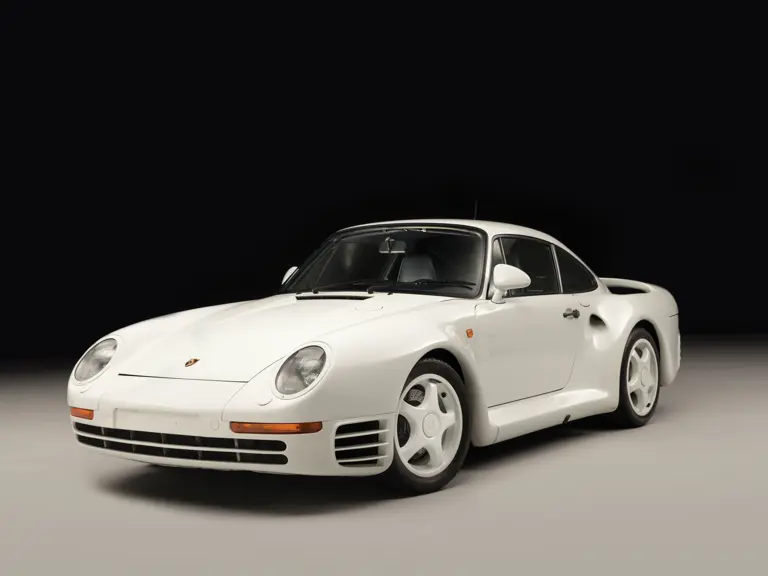



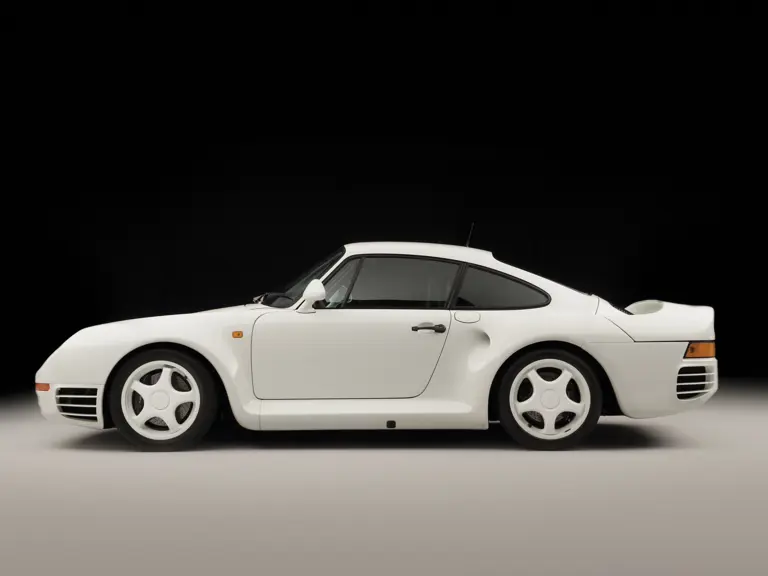
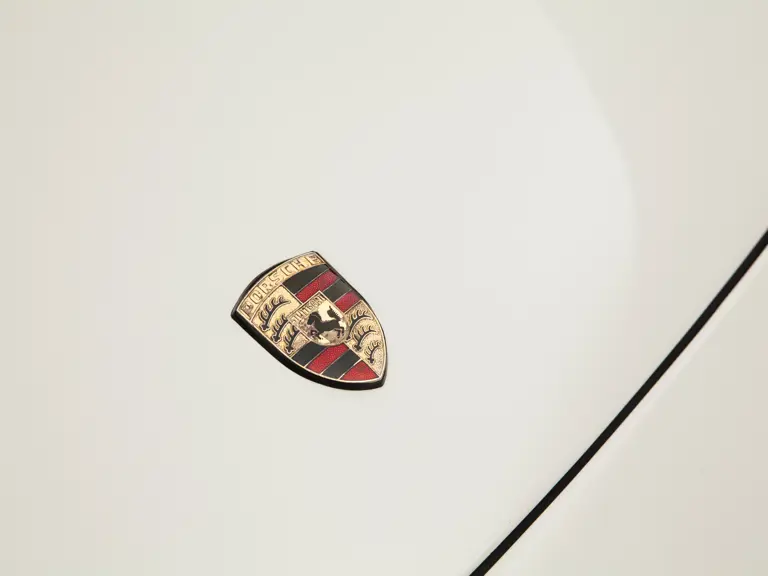
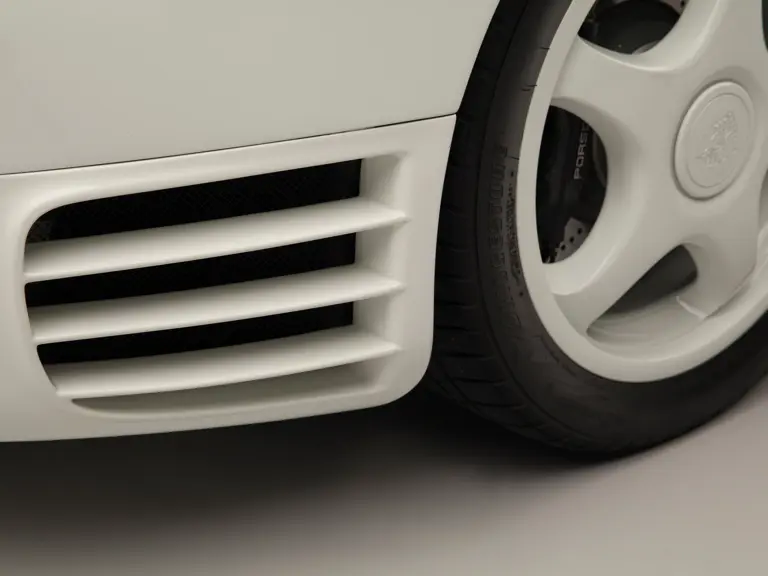

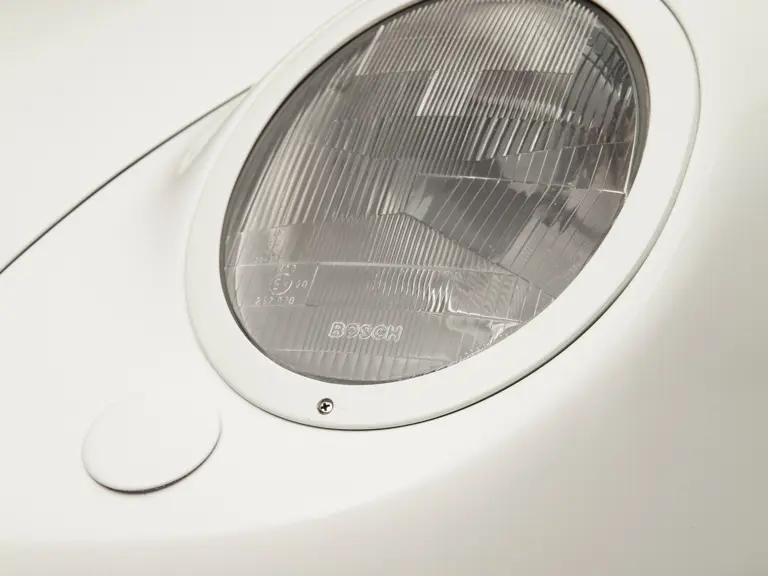
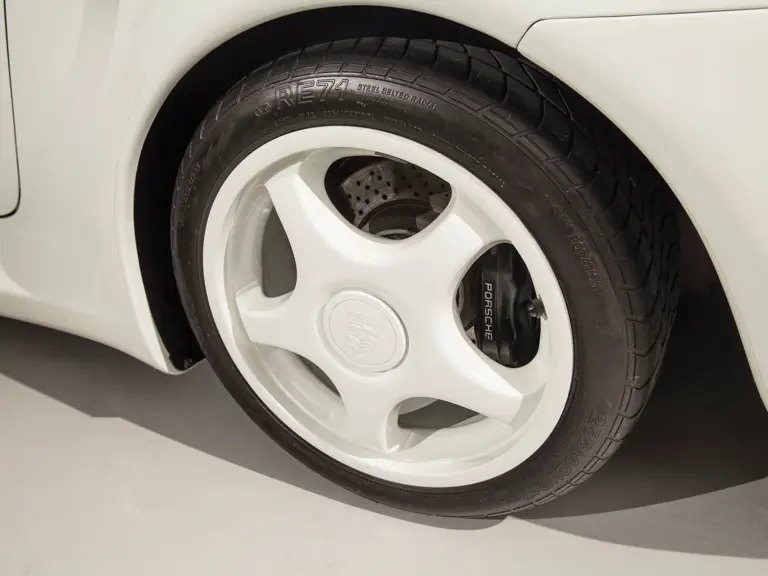
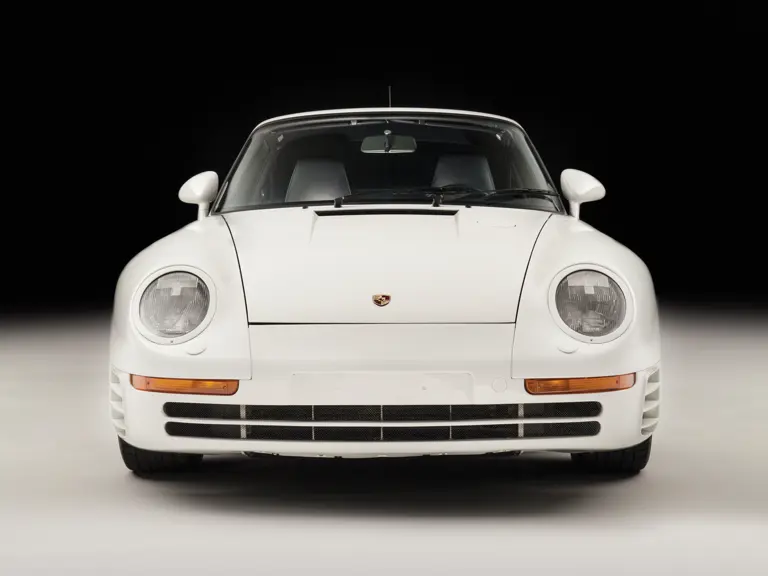
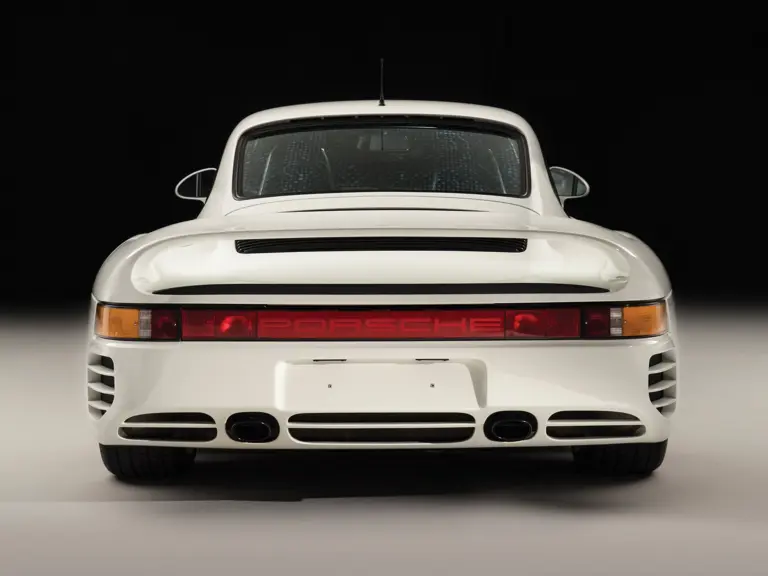
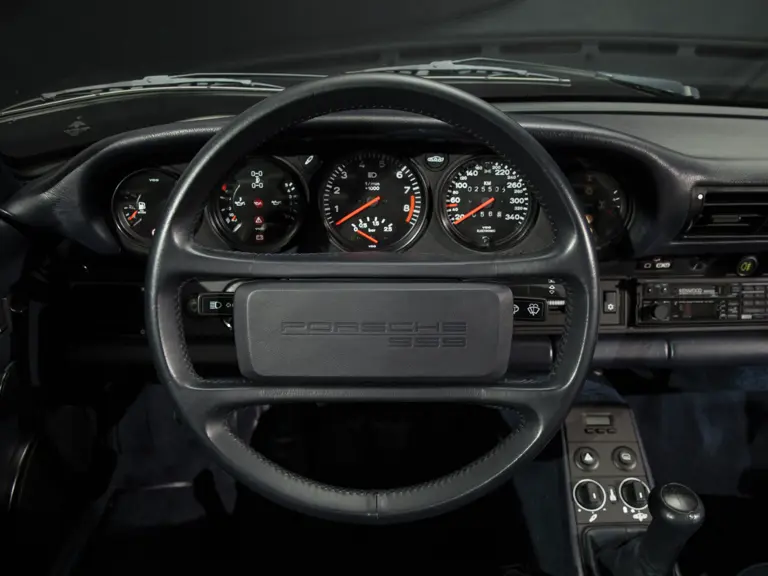
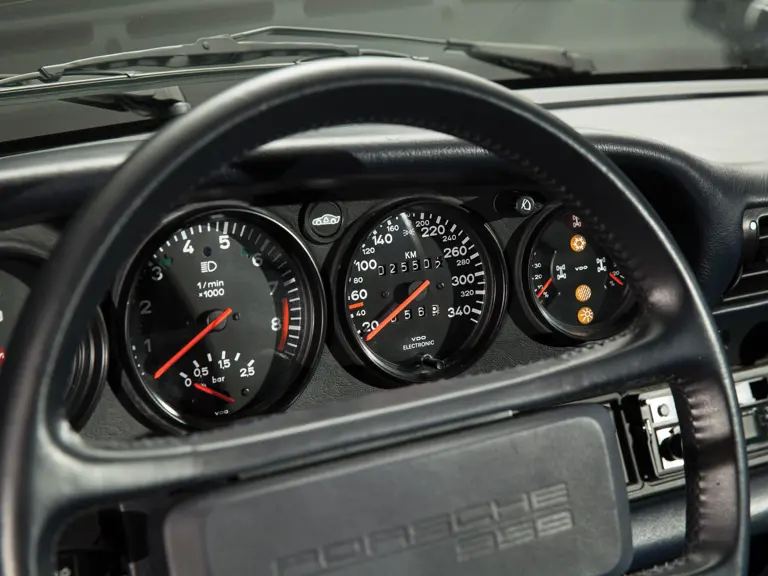
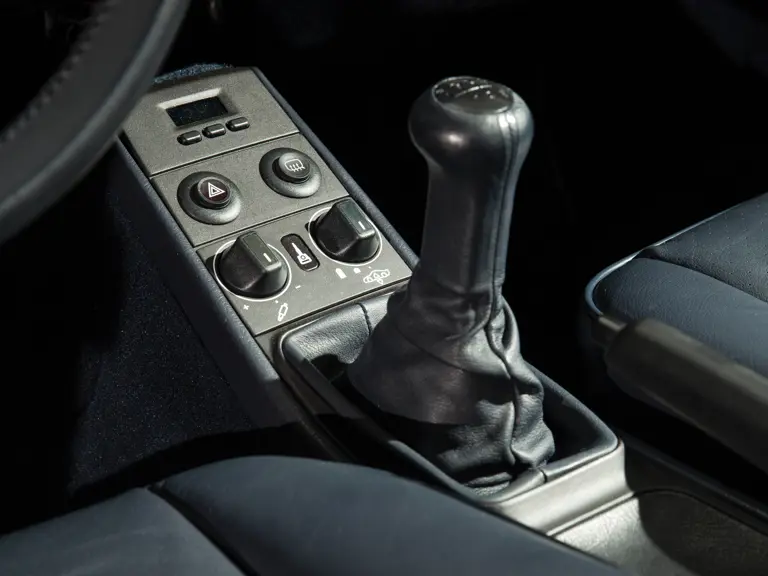

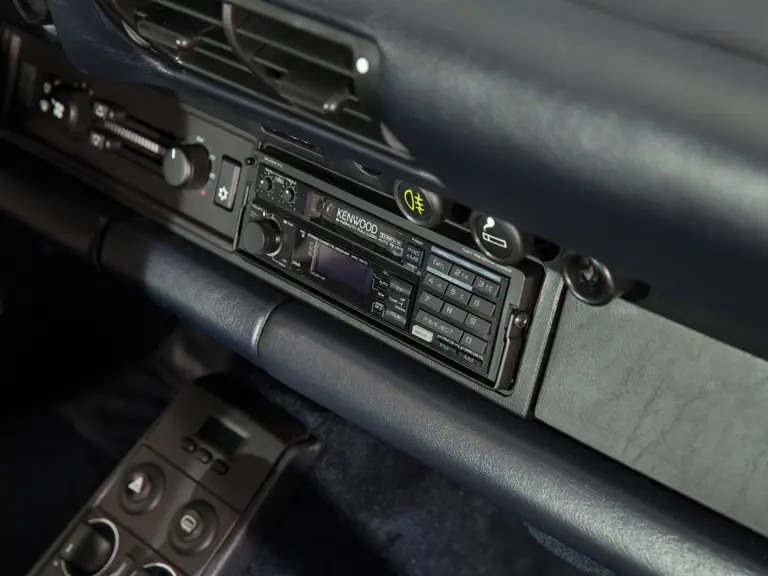

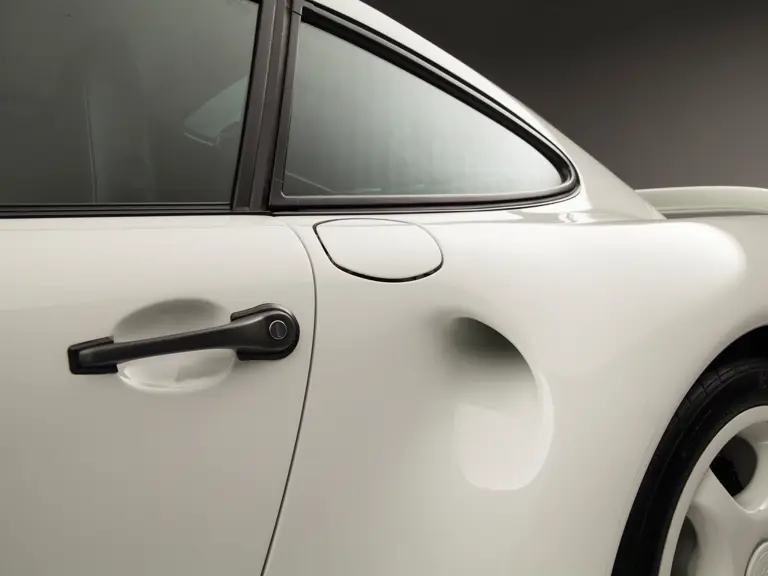

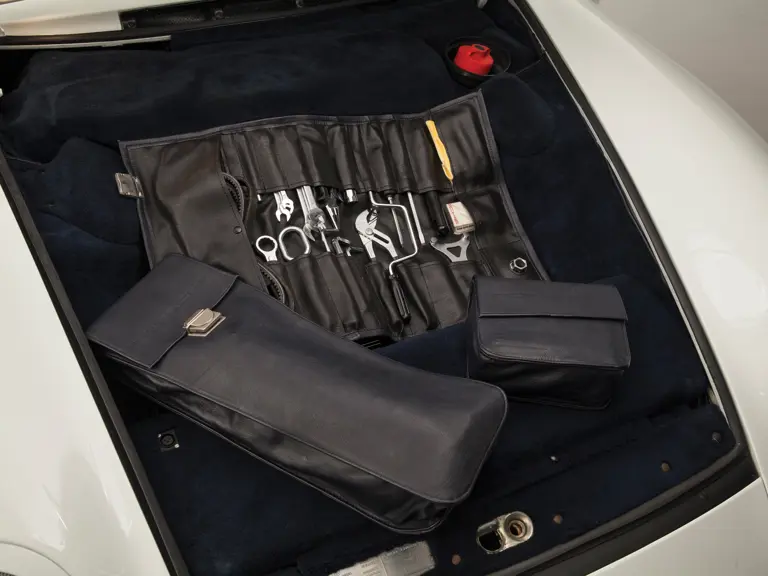
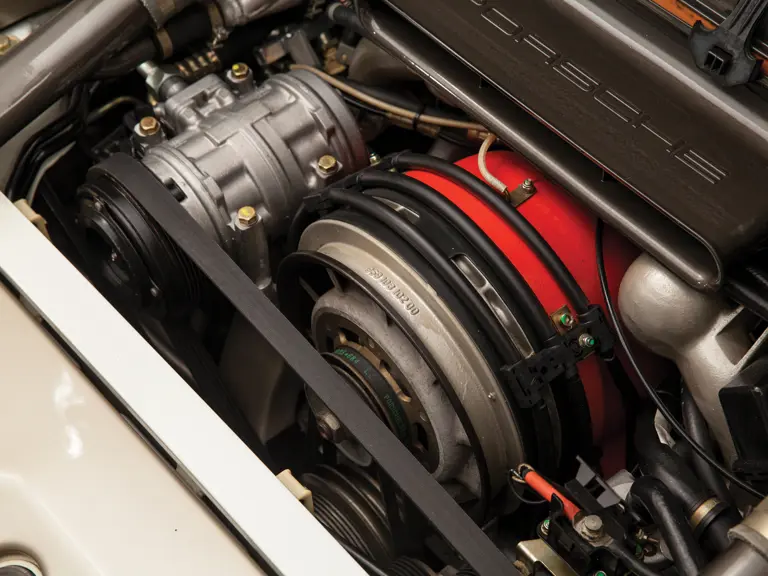

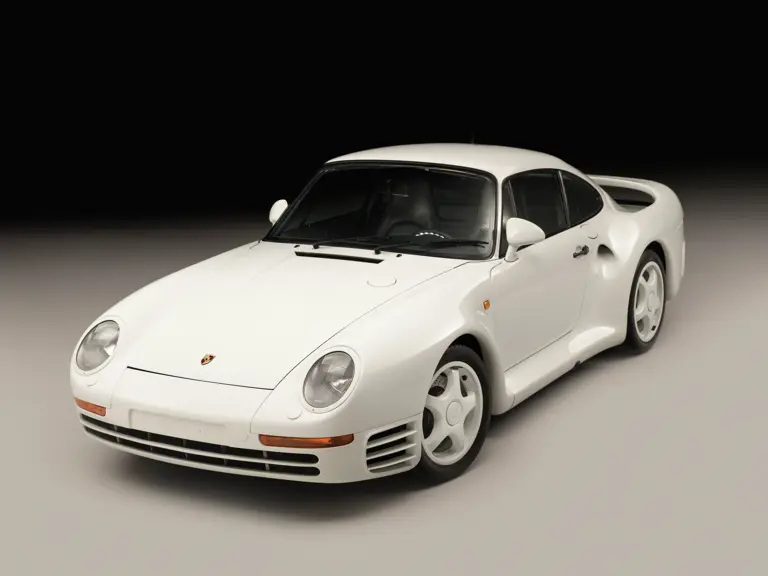
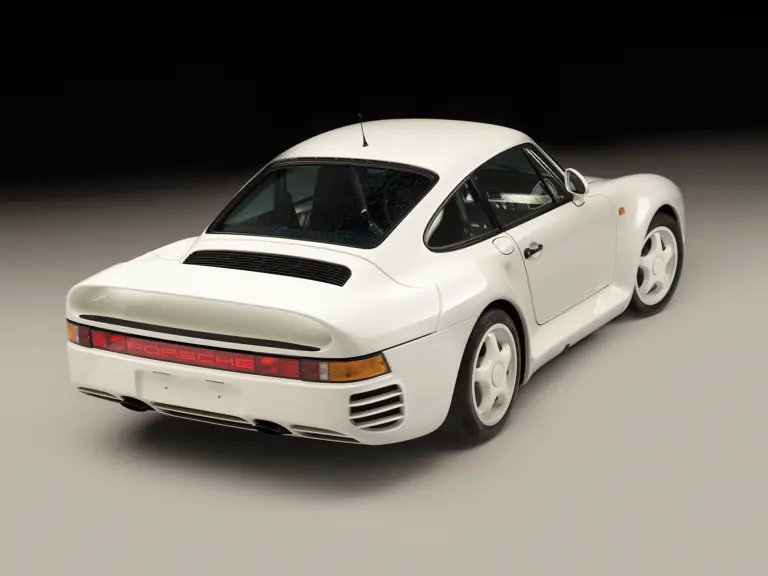
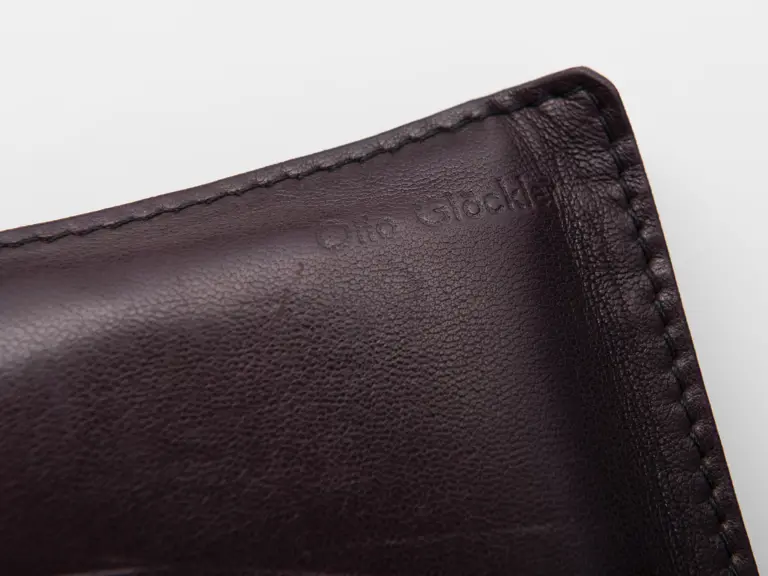
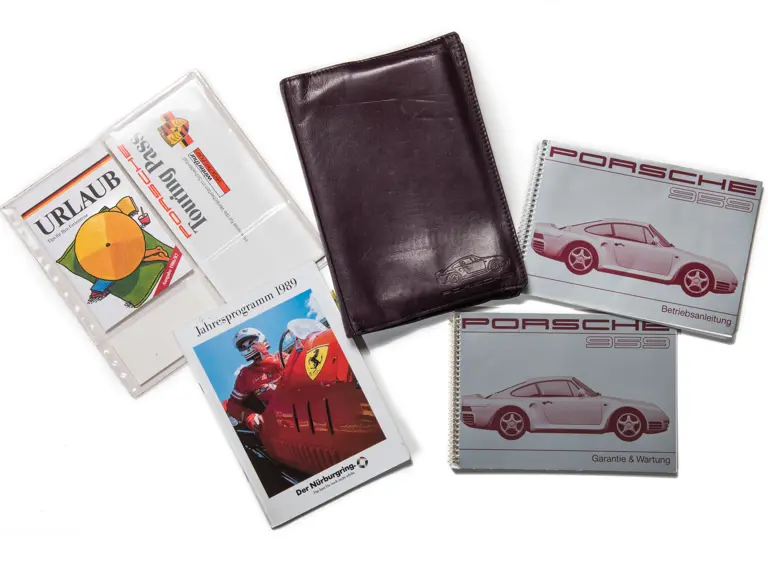
 | Phoenix, Arizona
| Phoenix, Arizona
